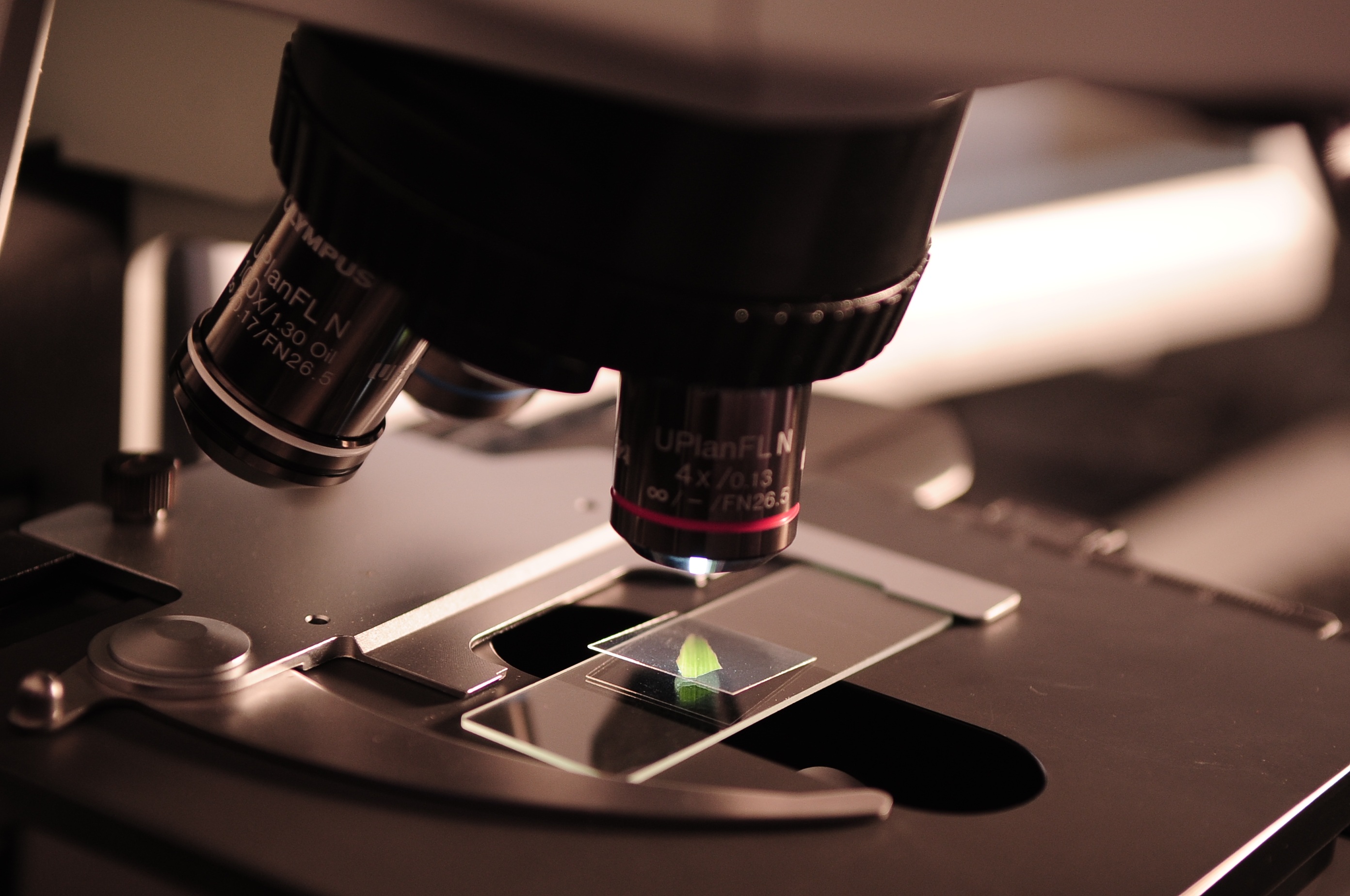
2010
Rodney D. Wiersma, PhD, DABR
Instructor, Department of Radiation and Cellular Oncology, University of Chicago
Dynamically Adaptive kV Aperture for Low Diagnostic Dose Real-Time Prostate Motion Tracking during Radiation Therapy by Combined MV-kV Imaging
Dynamically Adaptive kV Aperture for Low Diagnostic Dose Real-Time Prostate Motion Tracking during Radiation Therapy by Combined MV-kV Imaging
According to the American Cancer Society prostate cancer is the most common type of cancer in men in the United States, with 186,000 new cases in 2008 and 28,600 deaths. Some of the prostate cancer deaths may be due to inadequate methods of detection while the majority is likely due to inadequate treatment. There has been a widespread increase in the use of radiotherapy, especially intensity modulated radiation therapy (IMRT), an advanced form of external beam irradiation, for the management of prostate cancer that shows significant potential for improving the therapeutic ratio since radiation can be shaped to cover the prostate while avoiding healthy nearby tissue. To ensure that the prescribed radiation dose is delivered to the desired area only, prostate positioning accuracy has become critically important. The current gold standard is to use implanted metallic prostate markers and kV X-ray based images for daily verification of position. Therefore, to ensure accurate prostate placement throughout the treatment, real-time 3D tracking of the prostate is required. We have invented a new 3D tracking technique, referred to as combined MV-kV tracking that can lower the overall diagnostic dose exposure to the patient since it uses the actual treatment beam to provide positioning information. In this proposal, we plan to reduce this kV imaging dose by a factor of 50 – 100 through the development of a dynamic kV collimator to perform selective region-of-interest (ROI) imaging. In addition, we also proposed to incorporate the diagnostic kV imaging dose together with the MV treatment beam dose, thereby allowing the kVbeam to serve a dual role of providing important anatomic image information together with therapeutic radiation to the prostate.
Interim Report
2010 Young Investigator Award - Fall 2011 Interim Report
Final Report
2010 Young Investigator Award - Final Report